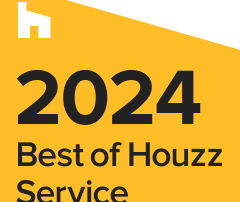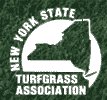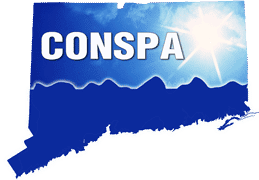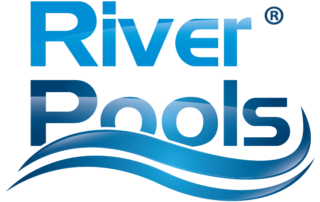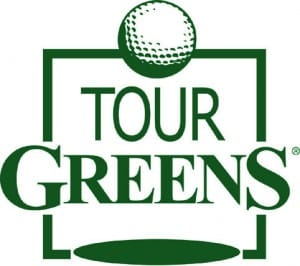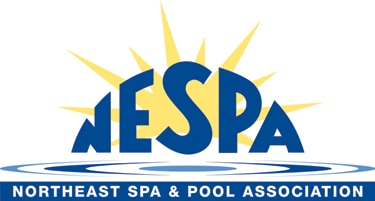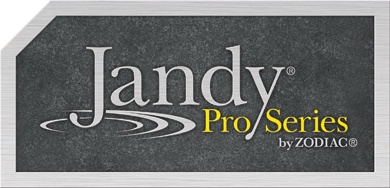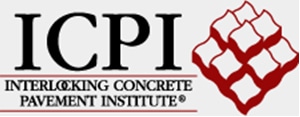During the long, hot days of summer, you might think your lawn is so thirsty it would love a good watering any time of day.
But choose the wrong time to water, and you could do more harm than good.
Too little water isn’t good. But neither is too much.
Run the sprinkler all night, and you’re setting the scene for fungus and disease.
Water too often, for short periods of time, and you encourage shallow roots. Not good.
Tips For When to Water Your Lawn
Here are some irrigation scheduling tricks to help you figure out the best time to water your lawn this summer.
Water Your Lawn In The Morning
Early morning is the best time to water your lawn. Shoot for some time between 4 a.m. and 9 a.m. The air is still cool, the sun is low, and the wind is usually calm. This means the water will go to your lawn and not evaporate in the heat or blow into your neighbor’s yard.
Morning watering gives the lawn a chance to dry off before evening. A wet lawn at night encourages disease and pests.
Avoid Midday And Nighttime Watering
Don’t water from 11 a.m. to 3 p.m., the hottest part of the day. You’ll lose too much water to evaporation.
Watering at night invites mildew and fungus. Try not to water after 6 or 7 p.m. You want the lawn to dry off before nightfall.
How Much Water?
In midsummer, most lawns need between one and two inches of water a week. You can offer one long drink once a week, but it’s better to split it up into two watering sessions a week.
Don’t overdo it — overwatering encourages the development of fungus and disease.
Water To The Proper Depth
Water should penetrate to about six to eight inches deep.
Shallow watering encourages weed germination and also causes the grass’ roots to grow shallow, making the plant susceptible to drought and diseases. You want those roots to be deep.
But water too deeply and you’re just wasting water. Most grassroots don’t grow deeper than six to eight inches.
How can you tell how deeply you’re watering?
Grab your screwdriver — that’s right — and stick it down into your lawn. It will move easily through wet soil but will stop or become tougher to push when it reaches dry soil.
Allow The Lawn To Dry A Bit
Allow the lawn to partially dry out between watering. It doesn’t want to be wet all the time.
Your lawn will show you when it’s getting dry and needs water. When you walk on the grass, you can look back and see your footprints. The grass also changes color from bright green to a dull grayish blue when it’s dry.
A Word About Watering New Lawns
If you have a newly-planted lawn, you’ll need to water more often until the grass becomes established.
Ready, Aim, Water
This sounds like a no-brainer, but it’s worth double-checking: Aim your sprinklers to water the lawn — not the sidewalk, driveway, patio or street.
Slight adjustments to your sprinklers can save a lot of water and money.
Consider Drip Irrigation
Drip irrigation systems have become increasingly popular because of their money-saving potential.
With drip irrigation, water is delivered more precisely to the root zones at the base of the plant, where the water is quickly absorbed. It uses less water and there’s no waste from over-spray.
Drip irrigation systems can be customized for small residential gardens, greenhouses or large-scale properties such as parks and golf courses.
Automatic Sprinkler Systems Do The Work For You
Hose-end sprinklers use more water than necessary and don’t evenly distribute the water. Water often sprays where it isn’t needed, shooting over onto pavement, driveways, and sidewalks.
Plus, it’s easy to forget to turn the sprinkler off, so you’re often using more water than your landscape needs.
An automatic irrigation system prevents this waste. The sprinkler heads are placed at precise locations that allow them to deliver water only where it’s needed — to lawn, shrubs, trees and flower beds. And timers ensure automatic turnoff, whether you’re paying attention or not.
Saving Water And Money With Smart Irrigation Controls
Smart irrigation controllers boost an automatic irrigation system’s efficiency even more. They act as a sort of thermostat for your sprinkler system, telling it when to turn on and off.
Instead of just turning on based on what time of day it is, they can use local weather and landscape conditions to tailor watering schedules to actual conditions in your landscape.
Smart controllers maintain your watering schedule, so you don’t have to. No more wasted water (or money).
Neave Knows Irrigation
Neave Irrigation offers customized automatic sprinkler systems that will keep your lawn and landscape healthy and well watered while using water as efficiently as possible.
If you’re in the Hudson Valley, call us at (845) 463-0592. If you’re in Westchester County, call (914) 271-7996; from Connecticut, dial (203) 212-4800. Or, fill out our simple web form, and we’ll contact you about setting up your free consultation.
Neave Irrigation specialists aren’t just experts on sprinklers. They’re trained to know the irrigation needs of various plant life so they can offer the best advice.
We’re happy to visit you for a site analysis and advise you on the best time to water your lawn as well as suggest the best sprinkler system for your property.



